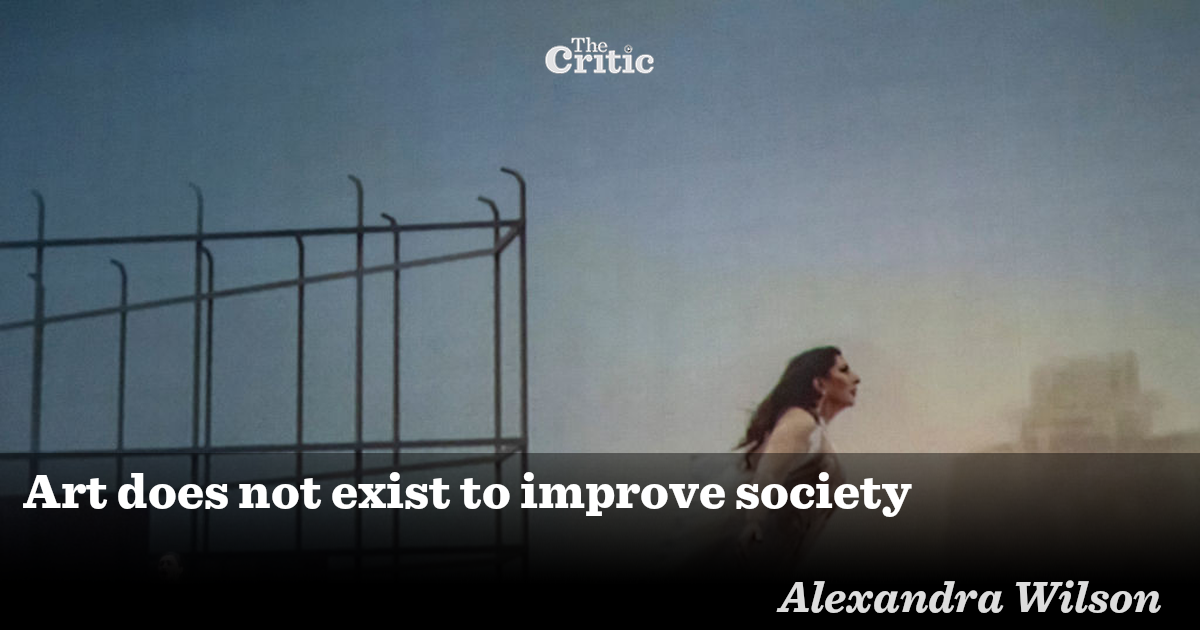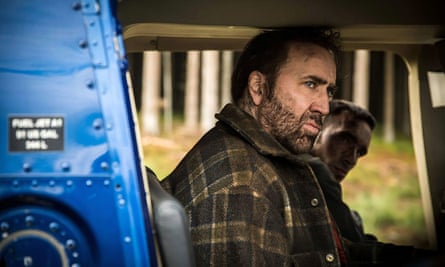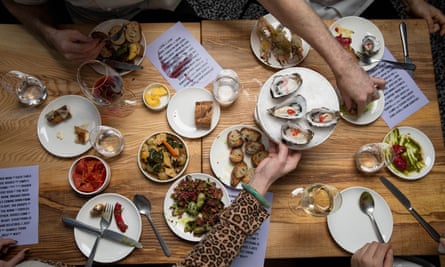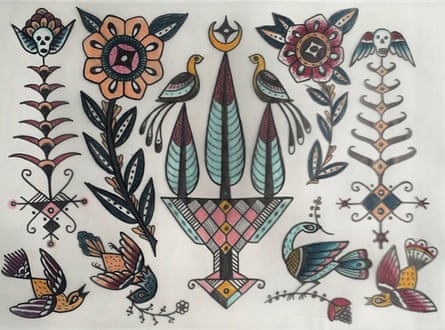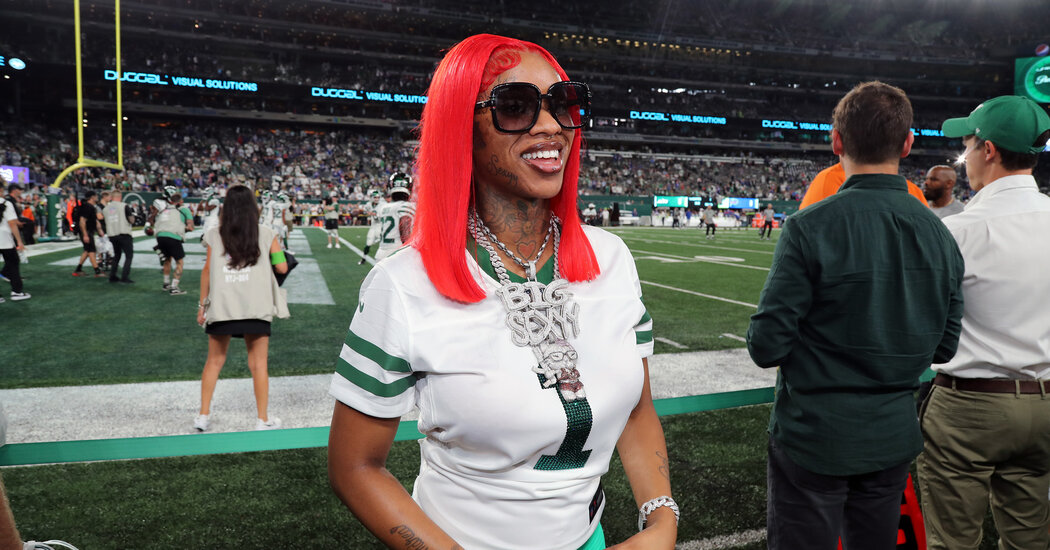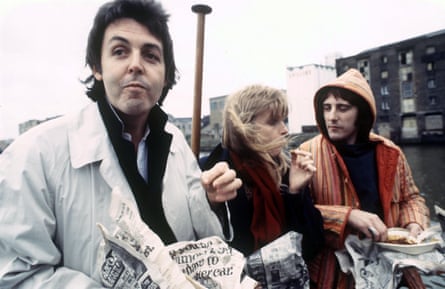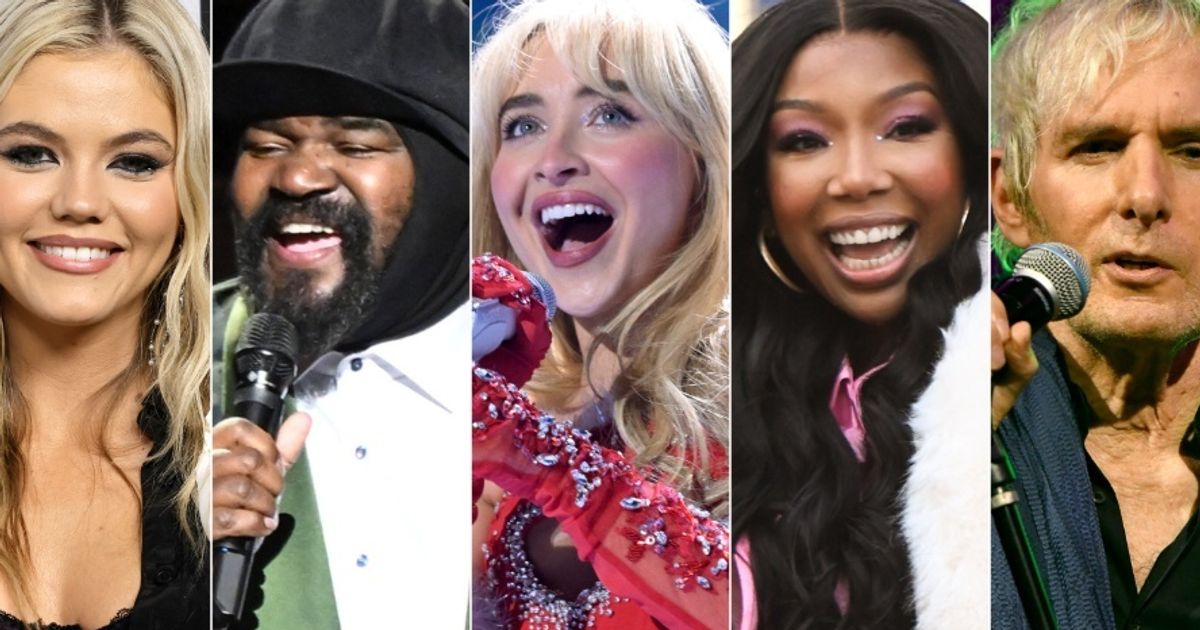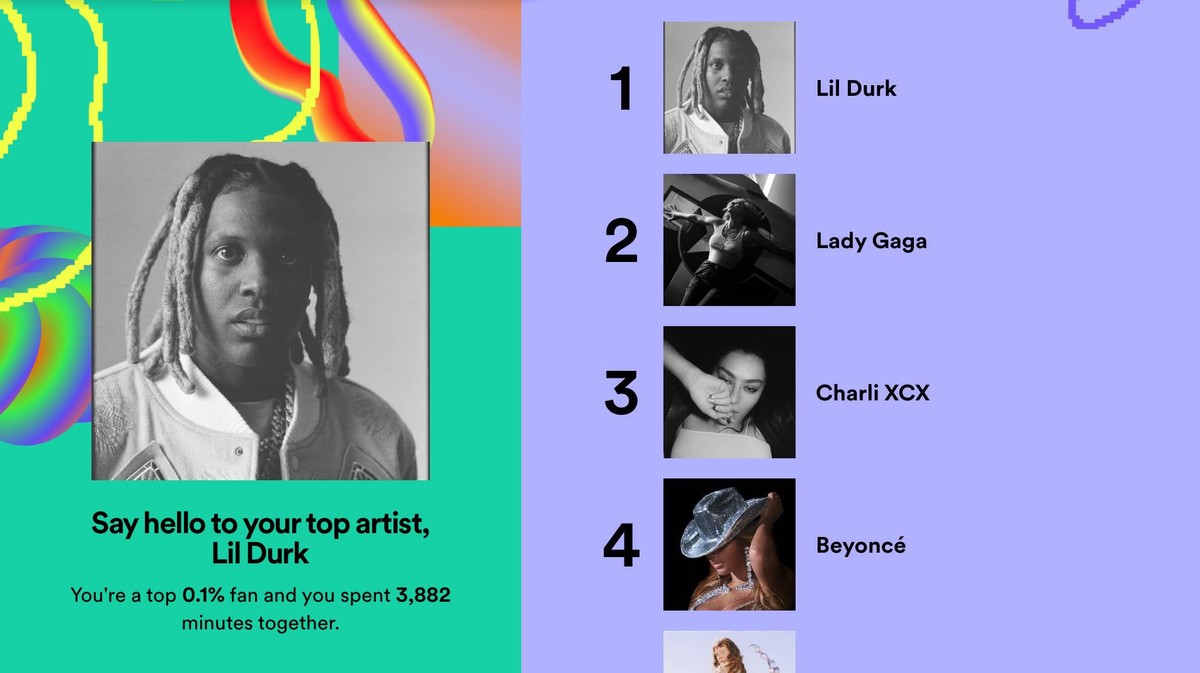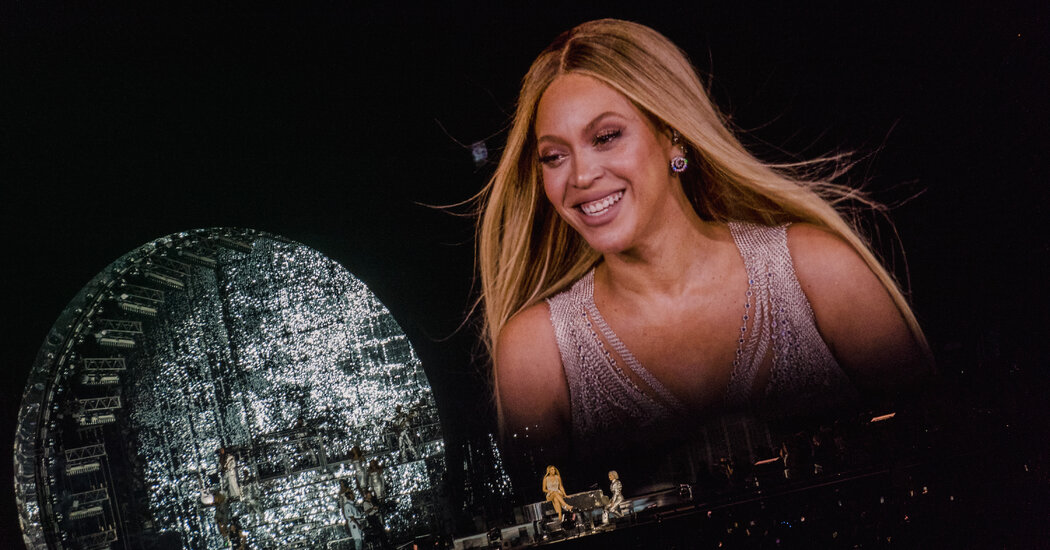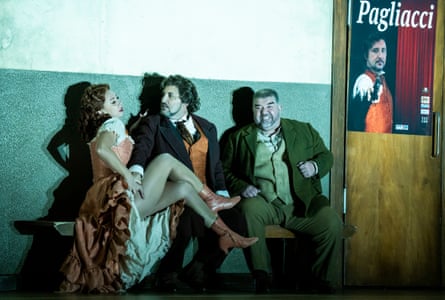Busta Rhymes: ‘David Bowie’s Hunky Dory is the illest music ever’ | Rap
[ad_1]
You have one of the greatest flows in the history of hip-hop. How have you developed the rhythmic aspect of it? Any similarities with free jazz? Baroqsaverio
People have always made a point of highlighting the uniqueness of my flow patterns, which is beautiful to hear. Big Daddy Kane talks about how he heard me use between seven and 10 different flows on one song. Listen: I don’t do it intentionally! I don’t write my songs until I hear the music, as I want my flow to truly marry the music. Therefore, one flow I do for one beat is never going to be the same for the next beat.
Free jazz is a great example. I like that, bro. I’ve learned not to overthink the creative process and improvise. I actually stopped writing songs with my pen probably 15 years ago, because I realised you can document thoughts so much quicker if it all comes off the top of your head.
I saw you on the Area 2 festival tour alongside Moby and David Bowie. I remember watching you jump up and down offstage during Bowie’s performance of Fame. Was that experience as good as it appeared? jlivechii
I was raised on Bowie’s music. Remember, I spent time in England when I was a little boy, staying in places like Morecambe, Preston and Blackpool. Wham!, Culture Club, David Bowie – all that shit was popping. In the summer holidays, my mother would always send me off [from New York] for a month to stay with our family overseas, and we had a lot of family who emigrated from Jamaica to England. It was also so I would stay out of mischief in Brooklyn.
In England, that was the first time I saw an interracial relationship in public. So, when I was with Bowie on the tour, I told him it was great to see a beautiful Black interracial relationship with the incredible Iman. Hunky Dory is the illest shit ever to me. I wanted to know about his recording processes when making things like Space Oddity, what studios he used and how he made money back then, as opposed to now. Bowie had no problems allowing you to learn and ask questions. I remember I used to ask David why he dressed in makeup and eyeliner and wore all the clothes he wore. He just said: “I am a free spirit and I wanted to do the shit I knew others wouldn’t do.” Ziggy Stardust was like putting on a superhero costume.
Was bouncing around in straitjackets with Ol’ Dirty Bastard in a padded cell as fun as it looks in the music video for Woo-Hah!! Got You All in Check? Haemodroid
A lot of people just think Ol’ Dirty Bastard was super crazy, right? But he was super smart, too. Obviously, a crazy motherfucker can’t act smart; only a smart motherfucker can act crazy – and that is ODB. He was a genius, especially when it came to the high sciences. We’re all far from perfect, and he succumbed to his shortcomings, unfortunately, but every time I was around ODB there was this glorious energy. Maybe sometimes that energy could be overwhelming, too. Once that switch was on, it was hard to turn off. When he was ready to light the room up, though, it was infectious. No one else sounds like him, still.
I remember once reading that you loved Benny Hill. What was it about him that was so funny? Stockportman
Benny Hill is the funniest motherfucker ever to me! We grew up watching Benny Hill’s shit. It wasn’t just an England thing. Benny was huge here in Brooklyn, too. He wasn’t just funny – he pushed that envelope, unlike anyone else at that time. So, it was shock value, but it was also funny.

What was your experience like working with J Dilla? How did he approach the studio compared with other producers? Did you make much music together that didn’t get released? Platesrecords
There really isn’t no comparison to J Dilla. In the studio, he wasn’t really that talkative. But he was a massive jokester! I’ve never been around Dilla and experienced any down energy. There was a point in time when Dilla stopped coming to New York, so he would send me CDs with 20 to 25 new beats, but all them shits would fade out after 30 seconds. I would want them to go on for ever! I got lots and lots of those CDs. Some of the songs we did together were made from me looping those 30-second clips.
I remember [A Tribe Called Quest’s] Q-Tip first introduced me to Dilla, and Tip had this cassette tape with six of the illest Dilla beats I’ve ever heard. I still hear those beats in my head sometimes. I lost that cassette. But, look, Dilla gave me so much incredible new shit, I forgot to tell him about losing the old stuff. We never even had that conversation. Our approach? [Quoting their Stereolab-sampling collaboration Show Me What You Got] Immaculate, raw.
Missy Elliott seems a while ago. How do you see women in rap today? TheRemedy
Right now, there is a huge female presence that has been really good for the culture. There has been an incredible and significant amount of dope women MCs that haven’t got the proper shine they deserved over the years. That imbalance, I was never a fan of it – I love women’s presence being as strong as it is right now. My immediate favourites are Scar Lip, Coi Leray, Bia and Little Simz. I am actually in the process of doing some shit with Simz; I’m definitely looking forward to that.
Your classic single, Gimme Some More, samples Bernard Herrmann’s soundtrack to Psycho. Are you a fan of the film? MESM
During the holidays, especially when I was younger, they used to do Psycho marathons on TV, right? They would play a bunch of that shit back-to-back. It would always happen around Christmas time. We all sat in the crib when I was young, and I couldn’t go out late, and we would just watch Norman Bates do his thing. It was exciting for me and my younger brother to watch, with all the weird music.
I didn’t actually come up with that idea for Gimme Some More. DJ Scratch, the producer of the track, came to the studio with that shit and it blew all of our minds. When I first heard the drums, I knew I could do something to that beat that could make people react in live venues.
Horror and rap have always been connected. I’m glad I was given the opportunity to really cuff Michael Myers’ ass up in the movie Halloween: Resurrection. I was hoping they wouldn’t write it for the Black dude to die, and they didn’t, so for me to survive and get the opportunity to do some Bruce Lee kicks on Michael was so cool.
Do you miss 2Pac? noamericano1
I miss Pac as my friend, a brother, a creative person, an MC. I know things about 2Pac that the world doesn’t know, because he was my dear friend and we shared dope times together through this music shit. He was a really good dude.
I very much miss my brother, the glorious Notorious BIG, too. Me, Biggie and Jay-Z went to high school together, you know? I just wish things had played out differently between Biggie and 2Pac. They should still be here.
Should there be limits on AI technology? RDMiller
Anything that the government and powers that be can create to try to play God is a significant concern to me. I just think that when you play with anything that replaces the mind, the body and the soul, and to the point where it actually devalues it, well, that is serious.
They gave us these devices and if you speak a certain way, the phone stores all the data and then it is thinking for you. Then when you are texting somebody, well, words pop up the way you spell it, so you ain’t gotta type it any more! The phone is taking your soul from you. The way you think. It is becoming you. That is some real weird shit when you think about it, right? When the AI gets to a place of evolution and they feel like: “Fuck the humans!” That is some shit where I don’t know what the solution is. With AI, we’re fucking around with something real dangerous.
What inspires you to continue evolving, decade after decade? Have you ever been tempted to “retire” from writing new material? mr_bert
Every good thing comes to an end, but I don’t think I’d ever call it retirement. I love hip-hop culture too much. It has let me see the whole planet. Even if I am not releasing records publicly, I will always record just for me, even as an old-ass man. I love being inside those four walls of the studio. The studio doesn’t disrespect you or betray you; it is the place I go to escape all of that shit. I can be whoever I want to be in there. I can be Thanos, a dragon, a gentle giant. The passion for rapping continues to burn in my spirit and my soul, so, for now, I am going to continue on this path.
[ad_2]
Source link
